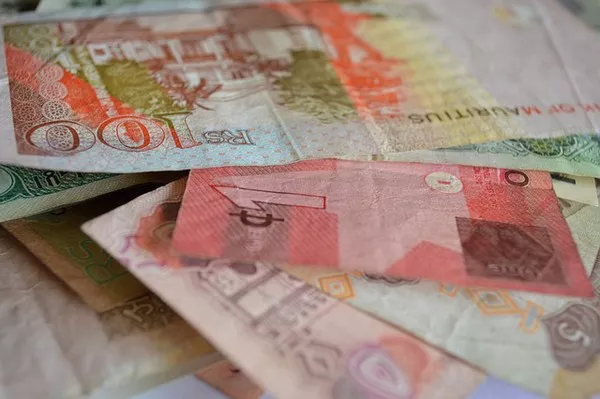The Indian Rupee has faced mounting pressure in recent weeks due to a confluence of factors, including rising crude oil prices and a strengthening US dollar. The RBI has stepped in with a series of measures to mitigate excessive volatility, deploying its foreign exchange reserves to smooth out fluctuations. India’s heavy reliance on oil imports makes the INR particularly vulnerable to global oil price shocks. With Brent crude hovering above $90 per barrel, the trade deficit has widened, exerting downward pressure on the rupee.
The RBI’s intervention strategy has been multi-pronged. Firstly, it has actively sold USD from its reserves to prevent sharp depreciations in the INR. Data from the central bank indicates that forex reserves have declined by nearly $20 billion since the beginning of the year, signaling robust intervention. Secondly, the RBI has utilized forward market operations to manage liquidity and curb speculative trading. By entering into forward contracts, the central bank has effectively signaled its commitment to maintaining orderly market conditions.
Another critical aspect of the RBI’s approach has been its communication strategy. Senior officials have repeatedly emphasized that the central bank does not target a specific exchange rate but instead focuses on curbing excessive volatility. This stance has helped temper market expectations and reduce panic-driven trading. However, analysts warn that sustained intervention could deplete reserves if global headwinds persist.
The INR’s performance against the USD has been mixed. After touching a record low of 83.50 in early trading last week, the currency recovered slightly to 83.20 following RBI actions. Yet, the broader trend remains concerning, with the rupee depreciating nearly 4% year-to-date. Economists argue that while intervention can provide short-term relief, structural reforms—such as reducing India’s oil dependency and boosting exports—are essential for long-term stability.
You Might Be Interested In:


